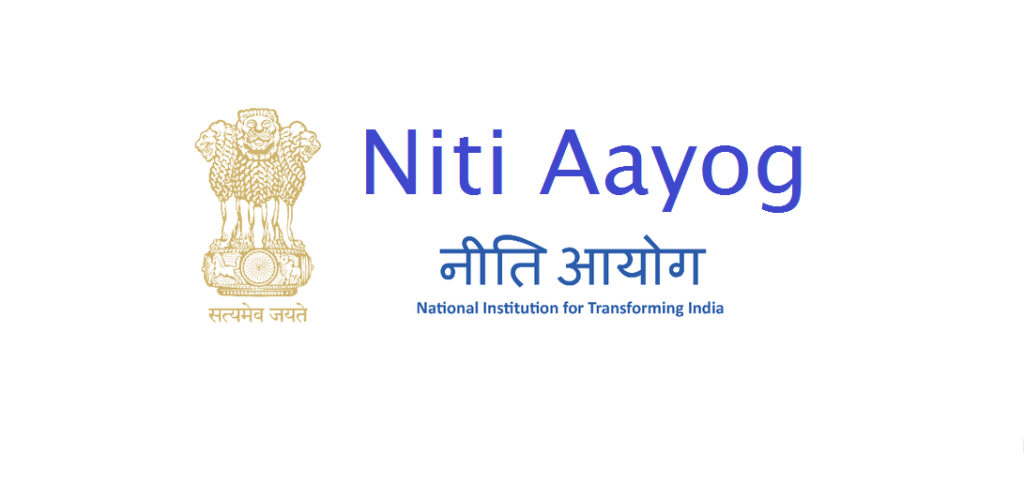Why in news?
NITI Aayog has recently released Fourth Edition of State Health Index for 2019-20. The report, titled “Healthy States, Progressive India”.
What is it?
NITI Aayog ranks all states and Union territories based on their year-on-year incremental change and overall performance in health.
The health index score is prepared based on the states’ performance on large set of indicators that are divided into three domains-
- Health outcomes include parameters such as Neonatal mortality rate, under-5 mortality rate, sex ratio at birth.
- Governance includes institutional deliveries, average occupancy of senior officers in important posts embarked for health.
- Key Inputs and Processes consists the proportion shortfall in healthcare providers to what is recommended, existing functional medical facilities, birth and death registration and tuberculosis treatment success rate.
The health index is part of a report commissioned by the NITI Aayog, the Ministry of Health and Family Welfare and the World Bank.
Performance of states-
- Kerala has top, For the fourth year in a row.
- Tamil Nadu and Telangana secured 2nd and 3rd
- Uttar Pradesh is at last position.
- 47% of the states showed the highest performance in health outcomes and governance and information category.
- Larger States category, in respect of annual incremental performance, Uttar Pradesh, Assam and Telangana are the top three ranking states.
- Smaller States category, Mizoram and Meghalaya registered the maximum annual incremental progress.
- In UTs, Delhi, followed by Jammu and Kashmir, showed the best incremental performance.
The top-ranking states:
- Larger States: Kerala and Tamil Nadu
- Smaller States: Mizoram and Tripura and
- UTs: Dadra and Nagar Haveli and Daman and Diu (DH&DD) and Chandigarh.
Significance of the Index-
- Health index promote a co-operative and competitive spirit amongst the States and Union Territories to rapidly bring about transformative action in achieving the desired health outcomes.
- Health-care delivery is responsibility of States, with Centre providing the financial and policy support.
- States use this in their policy making and resource allocation.
- The index motivates healthy competition and cross-learning among States and UTs.
- It is expected that it will help to drive state and union territories’ efforts towards the achievement of Sustainable Development Goal (SDG-3) “Good Health and Well-being” including those related to Universal Health Coverage (UHC).
Conclusion-
The Health Index is a fruitful tool to measure the overall performance and incremental performance across States and UTs.
Health Index is an important instrument in understanding the variations and complexity of the nation’s performance in health sector.
The Health Index has provoked many useful discussions, including how best to measure health performance, how to strengthen the data collection system, how to identify barriers and motivate actions using data, and how to promote positive competition and learning among the States and UTs.
Neonatal Mortality Rate– Number of infant deaths of less than 29 days per thousand live births during a specific year.
Under-five Mortality Rate- Number of child deaths of less than 5 years per thousand live births during a specific year.
Sex Ratio at Birth- The number of girls born for every 1,000 boys born during a specific year.
